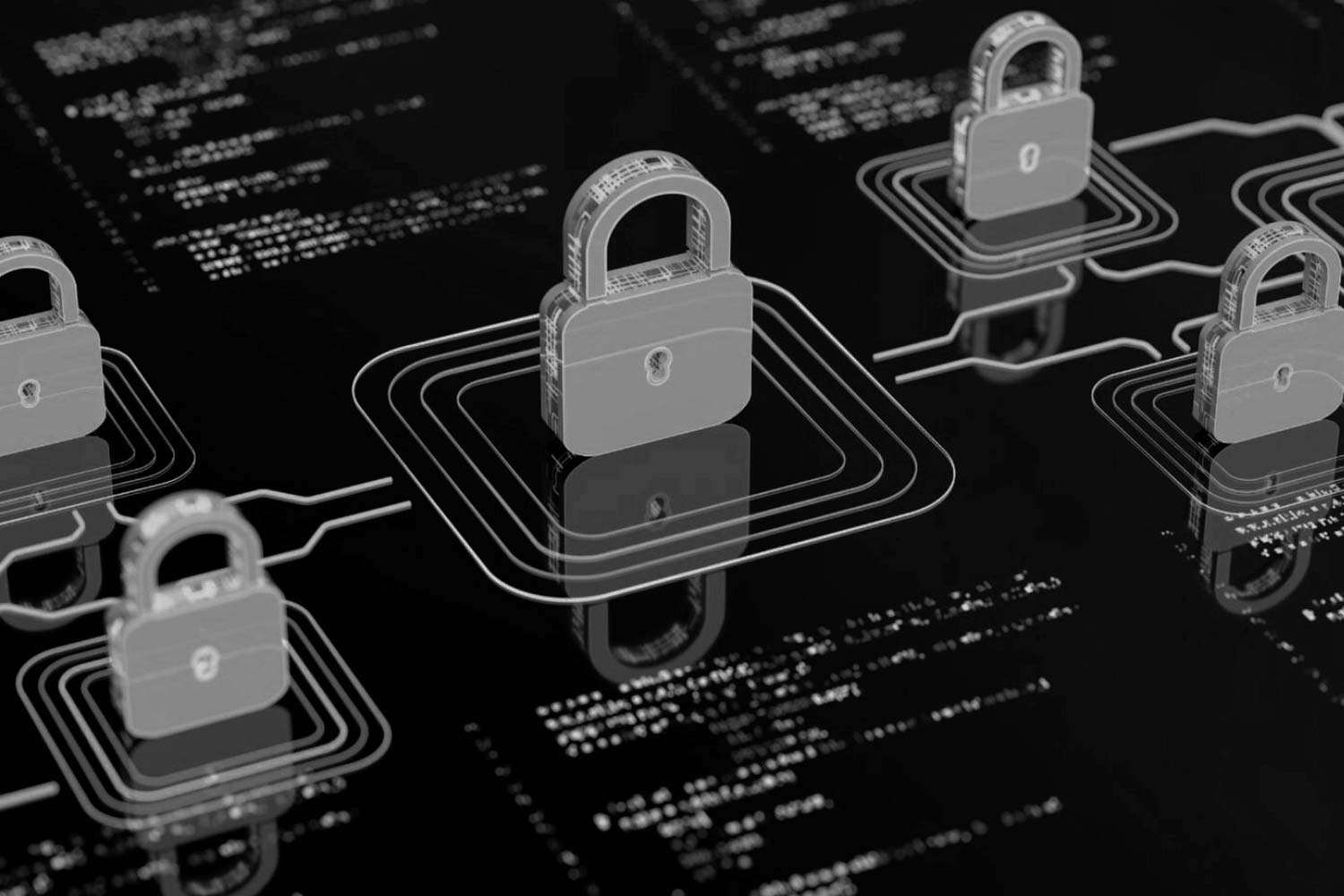
08 Jul Make Threat Hunting Easier With Endpoint Detection and Response (EDR)
Why many CISOs are turning to data lakes for a more effective way to gain valuable insights from EDR data

Denver, Colo. – Jul. 8, 2024
Studies have estimated that roughly 90 percent of successful cyberattacks and 70 percent of successful data breaches originate at endpoint devices. Proactive threat hunting is critical to catching and resolving potential incidents quickly and completely.
With a strategic endpoint detection and response (EDR) solution, organizations trade complex architectures and expensive security tools for valuable data insights that make threat hunting easier and more effective.
Evolving Beyond Alerting/Action Platforms
In the past, SIEM systems have been the go-to choice to collect and analyze data for threat detection and response. Today, many CISOs are turning to data lakes for a more effective way to gain valuable insights from EDR data.
Establishing a centralized data lake offers several key benefits:
- Easier data collection and storage
- Effectively turns raw data into structured data
- Flexibility for big data and machine learning applications
- Includes tool capabilities for more in-depth insights
- More cost-effective than a data warehouse
Leveraging data lakes to help your organization store and manage the data from your EDR solution improves threat detection and response capabilities and lessens the need to send expensive telemetry into a SIEM. Many organizations find significant cost savings with this approach.
Another key feature is that your data is readily available when you need it, and you won’t have to wait for a vendor to restore your data, especially when every minute counts.
EDR for Network Data Insights
Increased visibility is just one of the many benefits of an EDR solution.
EDR offers a comprehensive view into all activities across the organization, so you no longer need to rely on correlating endpoint, firewall and windows data to tell a complete story.
By pulling insights from your network data from a single, robust real-time threat intelligence solution, your organization can simplify ownership and reduce the number of configurations to manage, freeing up your security team to focus on other areas. Essentially, you spend less time configuring and more time delivering.
Proactive threat hunting is just one of the non-negotiables when it comes to evaluating an endpoint protection platform. Discover five more elements to look for in this infographic.
Defense In Depth Firewalls
Legacy tools, like firewalls, can increase your risk of breaches and create issues when confronted with an increasingly sophisticated threat landscape. They expand the attack surface, enable compromise through the need for organizations to inspect high volumes of encrypted traffic, allow lateral threat movement and fail to stop data loss.
Advanced EDR solutions now have capabilities to create local firewall rules. This allows your organization to develop much more granular policies to protect your assets. Extending your defense in depth strategy to firewalls is a crucial part of securing your organization’s cyber infrastructure amidst a rapidly evolving threat landscape.
Today, EDR is effectively a baseline security requirement for anything related to the endpoint. It’s equally as critical as a corporate firewall protecting the network. Together, these create a great place to start for a foundational defense in depth strategy.
EDR In Perspective
Challenges with decentralized workforces, non-traditional and rogue devices, limited or redundant tools coverage and compliance requirements are making one thing true for all organizations, regardless of size or industry. Your endpoint strategy deserves your attention. Integrating EDR into your security stack allows you to protect your data in the face of these challenges, through intuitive and proactive threat hunting.
Organizations looking to strengthen their endpoint strategy and reduce spending should start by comparing EDR and SIEM costs and use cases. In many cases, we have seen the switch from SIEM to EDR pay for itself.
To learn more about what EDR can do for you, reach out to our experts.
Steve Fielder is Senior Director, Managed SIEM & EDR Engineering at Optiv. John Pelton is Senior Director, Managed Detection & Response.

Optiv is the cyber advisory and solutions leader, delivering strategic and technical expertise to nearly 6,000 companies across every major industry. We partner with organizations to advise, deploy and operate complete cybersecurity programs from strategy and managed security services to risk, integration and technology solutions. With clients at the center of our unmatched ecosystem of people, products, partners and programs, we accelerate business progress like no other company can. At Optiv, we manage cyber risk so you can secure your full potential. For more information, visit www.optiv.com.



